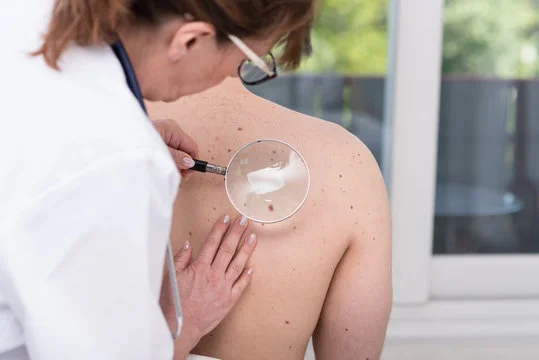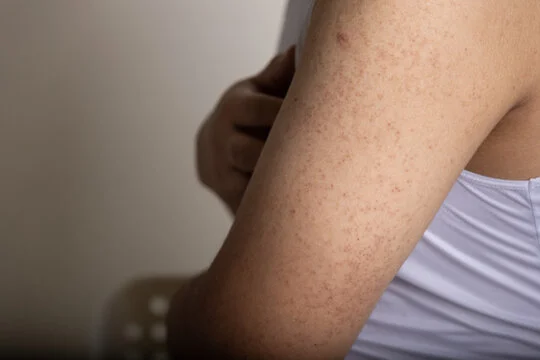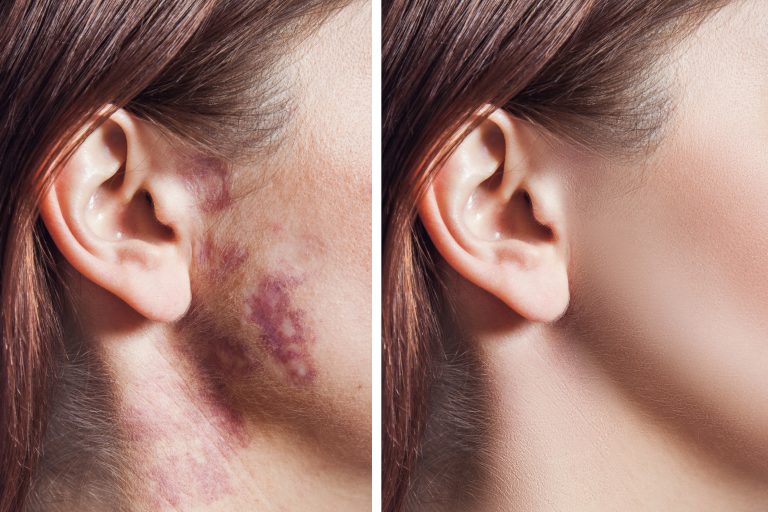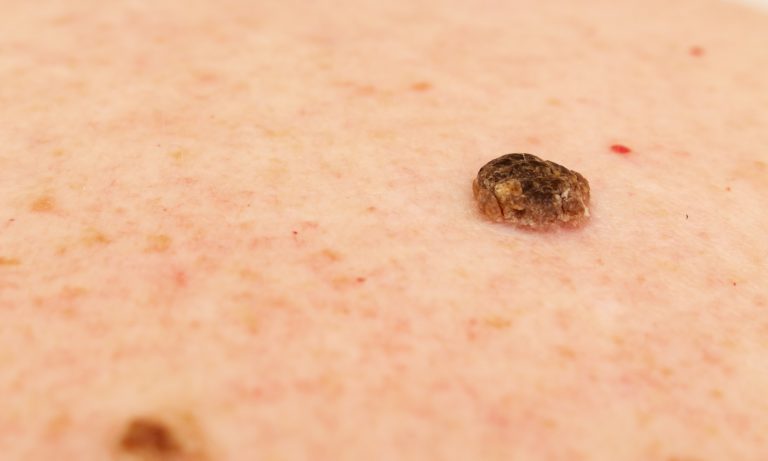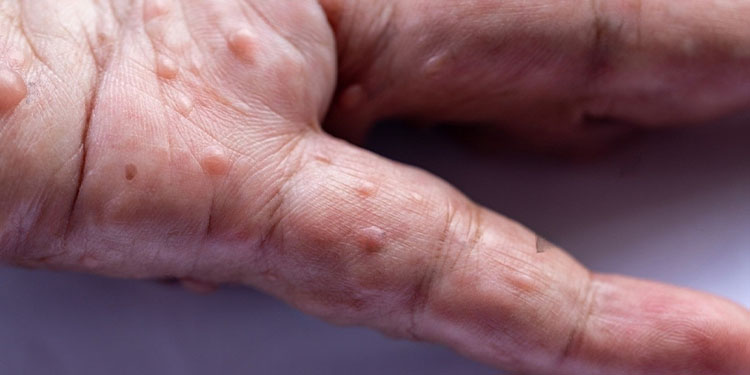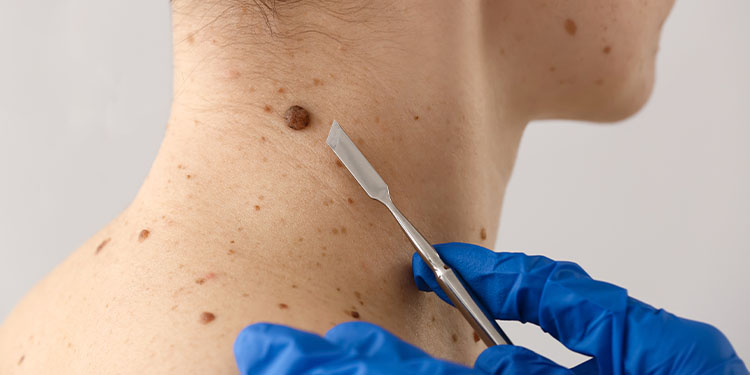Vitiligo is a chronic condition characterised by pale, white patches on the skin. The discoloured patches usually get larger with time. Though this condition can appear at any age, it usually appears when the individuals are 20 years or so.Due to the lack of awareness among people, vitiligo is often looked at as an infectious disease that can spread. In this blog, we aim to dispel such misconceptions, while talking about its causes and management.
Causes and Symptoms of Vitiligo
Though vitiligo can occur on any part of the body, commonly affected areas include:
- Around the mouth and eyes
- Fingers
- Wrist
- Armpits
- Groin
- Genitals
- Inside the mouth
Our skin colour is visible due to the melanin pigment in the skin. Vitiligo appears when the melanocytes or melanin pigment-forming cells die or stop functioning, and the patches involved turn pale and eventually white or pink. Some reasons for this occurrence are:
- Family history
- An autoimmune condition
- A traumatic event to the skin
- Stress
- Contact with a chemical
- Severe sunburn
Vitiligo symptoms to watch out for include:
- White or pale patches on the skin increase in size and number with time.
- When the scalp is affected, patches of your hair can grow white or grey.
- The skin usually develops a pale patch that turns completely white in time. The skin may have a pinkish appearance in some people due to underlying blood vessels.
Myth Vs Fact
Vitiligo has long been an enigma due to several myths surrounding it. Here are some vitiligo myths busted for you!
Myth: Vitiligo patches occur when a child is born to mixed-race parents
Fact: While vitiligo is hereditary, it has nothing to do with mixed-race parents.
Myth: Vitiligo occurs in people with dark skin only
Fact: People with dark skin are more susceptible to vitiligo, but people with any skin type can develop the condition.
Myth: Vitiligo occurs when you consume fish with milk
Fact: This condition is not related to food consumption.
Myth: Vitiligo is contagious
Fact: Vitiligo is not a contagious disease and occurs when the melanin-forming cells in some regions of an individual’s skin die or stop functioning.
Myth: Vitiligo occurs only on exposed surfaces of the body
Fact: Contrary to popular belief, vitiligo can occur anywhere on the body, even on unexposed surfaces like the groin.
Types of Vitiligo
Based on the symmetry of the white patches, vitiligo is of two types:
- Non-segmental: Also called generalised or bilateral vitiligo, the symptoms appear on both sides of the body, usually symmetrically. This is the most common type and occurs in 9 out of 10 people with this condition.
- Segmental: Also called unilateral or localised vitiligo, white and pale patches appear only on some parts of the body. This is far less common than non-segmental vitiligo and usually manifests in children.
What are the Treatment Options?
Though this condition is not harmful to the body, it can affect one’s appearance and subjects them to social judgement and mental trauma. There is no cure for vitiligo identified to date, but you can get your patches treated if they interfere with your day-to-day activities.
The choice of treatment for vitiligo depends upon how much the condition has spread. Most treatment options reduce the appearance of the pale patches but cannot help you get rid of them completely. These include:
- Steroid creams: These creams can help restore the pigment in the pale patches. However, when used for a prolonged period, they can cause stretch marks and skin thinning. Other drugs that may be used include tacrolimus or pimecrolimus, especially in people with small areas of pigmentation.
- Phototherapy: This treatment is usually opted for when the steroid creams fail to produce the desired results. Here, narrowband ultraviolet UVB rays are used to stop the progression of vitiligo.
Depigmentation may be used but is not as effective. It is essential to understand that treatments for vitiligo help restore pigmentation in the pale patches but cannot stop the progression of the disease permanently.
Skin-care Tips for Vitiligo Patients
Self-care and home skin-care tips that can help people with vitiligo include:
- Protect your skin from the sun. Always use sunscreen indoors and outdoors.
- Try to wear clothes that protect your skin from the sun’s direct rays.
- Avoid tanning beds and sun lamps.
- If you wish to minimise the patches or add colour, do it using safe products.
- Always choose waterproof products that last longer.
- Avoid getting tattoos.
Living with Vitiligo
Though vitiligo is not fatal, living with the condition is challenging, especially if the patches appear in visible areas of the body. Feel free to speak to your dermatologist when your symptoms flare up and discuss any latest treatments to manage them.
Conclusion
Though vitiligo increases with age, this condition is not life-threatening. People with vitiligo face challenges on a daily basis, but with timely consultation with a qualified dermatologist and taking the necessary prescribed medications, it can be effectively managed. Skin and Hair Academy can help you get in touch with the best dermatologists in your area to assuage all your doubts.


